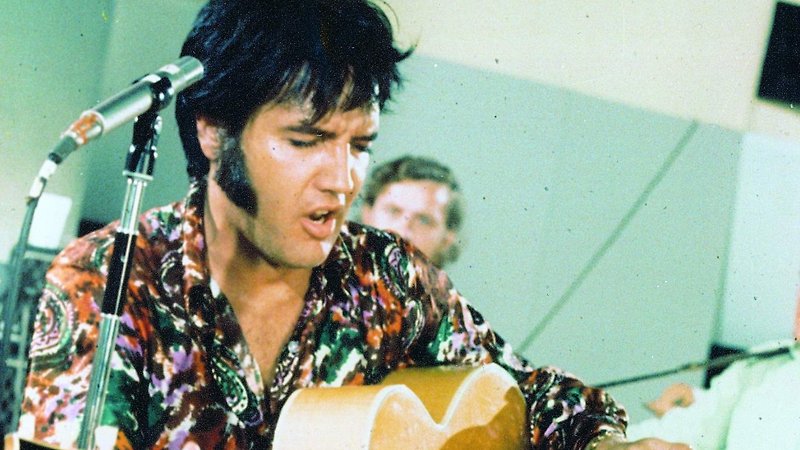
Screened as part of NZIFF 2001
Elvis: That’s the Way It Is Special Edition
Directed by Denis Sanders and released in November 1970, the Ghost World-meets-Casino vibe of Elvis: That’s the Way It Is provided a chronicle of the star’s August 1970 stand at the Las Vegas MGM International Hotel… The film as re-released contains nearly 40 per cent previously unseen footage and four additional songs, but clocks in at 13 minutes shorter than the original…
Perhaps more than any other filmed Elvis artefact, Elvis: That’s the Way It Is finds Presley at a point of immense artistic maturity and control. Following the 1968 ‘comeback’ television special, his 1969 sessions at Memphis American Studios with red-hot producer Chips Moman announced Elvis’ reawakening as a singer and musical presence, the sleeping giant of America’s melting pot re-emerging to survey a landscape much changed in his absence. Though there are a few fun films and fine performances among the dross of his Hollywood output, after 1969 he would focus on recording and performing.
Returning to the form that had catapulted him into the popular imagination, Elvis, with strength and conviction as never before, wedded the diverse strands of American popular music – rock ’n’ roll, country, R&B – into a deft blend of amazing vision and delicate nuance.
At a cost of more than $1 million, Schmidlin and his team have combed through hours of unseen footage, digitally correcting the time-worn images and creating a new sound mix from the original 16-track master recordings. The new transfer finds unseen brilliance in the work of cinematographer Lucien Ballard as the lighting and design of the stage show take on a jewel-like glitter of flashing colours and flaring lights. The new mix is also a revelation, replacing the muddy two-track Dolby on previous home-video releases with sharp separation and crisper overall sound. All the better in that Elvis’ backing group at the time – including core players James Burton, Glen Hardin, Jerry Scheff and Ronnie Tutt, who in subsequent years have worked with such luminaries as Gram Parsons, Roy Orbison and Elvis Costello – was a crack show band, following Elvis with casual grace, supplemented by a small choir of backup singers and a full orchestra…
If you can put aside your preconceptions and approach anew the rich American tapestry Elvis was creating during the late 60s and early 70s, you may be surprised by the pleasures you find. — Mark Olsen, Sight & Sound, 5/01